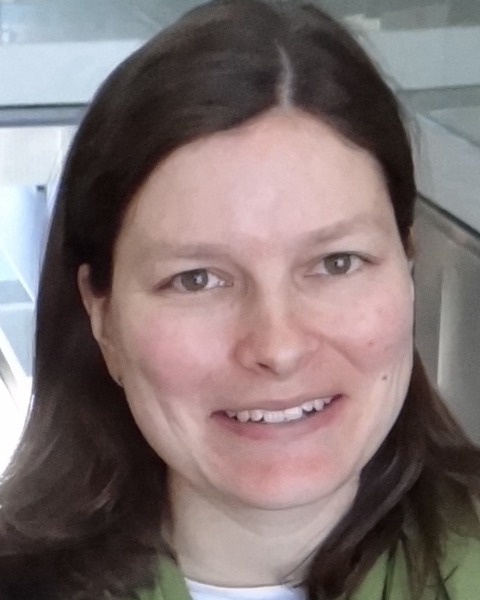Section Symposium
Plant-Insect Ecosystems
Pollinators, Pests & Pesticides: Innovation in IPPM
Exploring variation in pesticide contamination, nutritional quality, and diversity of pollen collected by honey bees in Wisconsin landscapes
Tuesday, November 11, 2025
9:45 AM - 10:00 AM Pacific
Location: Oregon Convention Center, Portland Ballroom 254, OCC

Hannah Gaines-Day
University of Wisconsin
Madison, Wisconsin- CG
Claudio Gratton
University of Wisconsin
Madison, Wisconsin
Presenting Author(s)
Co-Author(s)
Honey bee colony losses in the US continue to be high, with an average loss of 55% over the winter of 2023-24 (Auburn University). One factor likely contributing to this is the loss of habitat in the landscape resulting in a reduced quantity and quality of food for bees (i.e. flowers). One way for beekeepers to improve the health of their honey bees and decrease losses is to place them in a landscape where they have access to a wide array of flowers. But how do beekeepers know if any given location will provide sufficient flowers for their bees? One tool that beekeepers can use to help them assess the quality of the landscape surrounding their hives is BeeScape (beescape.org). BeeScape is a web-based app developed at Pennsylvania State University that uses landcover-based models to calculate an index of floral resources availability and potential pesticide exposure based on a specific location of a beehive. Although the models used to calculate these indices are based on spatially and temporally coarse data, this is the best available option at the moment and could be critical for providing guidance for beekeepers looking to increase the health of their bees. We investigated the utility of BeeScape to predict the nutritional quality of pollen and hive performance in Wisconsin by collecting and analyzing pollen from honey bee hives located across a gradient of BeeScape indices. Preliminary analyses suggest that BeeScape indices may not effectively predict pollen diet quality and hive metrics in Wisconsin.
.png)
